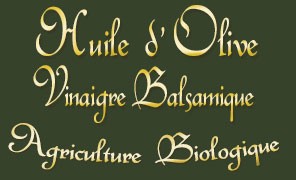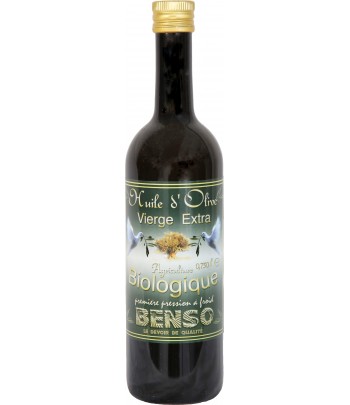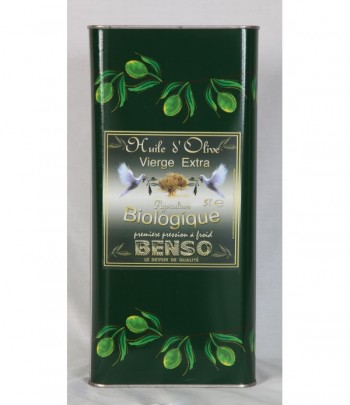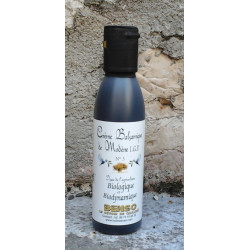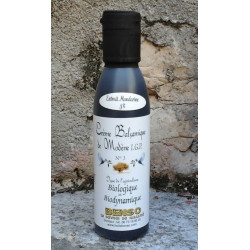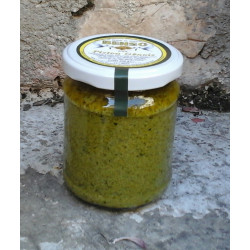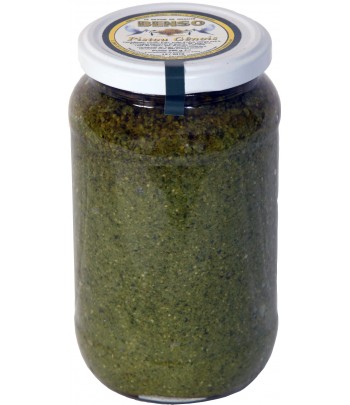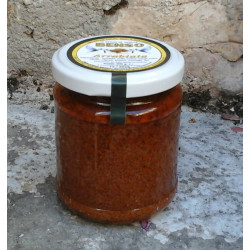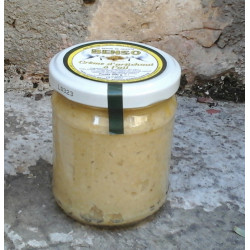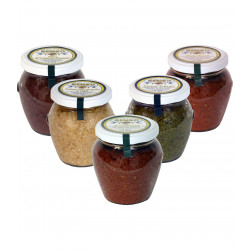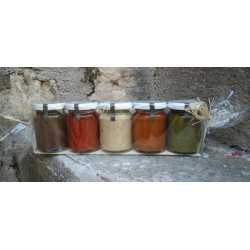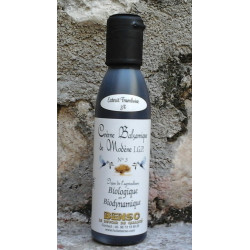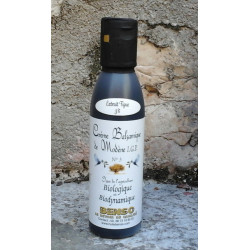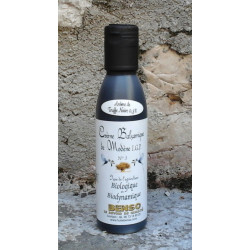Published on 2020-07-30 11:40:01
Pesto or Pistou ?
Pesto
The pesto originated at the end of the 19th century, in Genoa, Italy.
The main ingredient is Basilico Genovese (fresh basil grown in the region of Liguria - northwestern Italy).
We add according to the variants:
- pine nuts
- cheese, marjoram or parsley
- olive oil
- and broth or cooking water for a soup.
The pesto
The pistou is a Provençal recipe inspired by Italian pesto and composed of
- fresh basil
- garlic
- olive oil
So no pine nuts here and cheese is optional. Pistou is an essential ingredient in pistou soup.
Origins
In the Genoese dialect, pesto is pronounced "péstou" (this is the past participle of the Genoese verb pestâ which means "to pound").
The "o" being pronounced "ou" by oral transmission in Provence has become "Pistou".
The recipe
In both cases, the basil is crushed in a pestle, to obtain an "ointment" appearance. The other ingredients (garlic, pine nuts, etc.) are added one after the other and crushed as well. Once the operation is done, add the olive oil in a trickle, continuing the work of pounding, taking care to preserve the "ointment" aspect of the preparation.
Variants
Among the recipes derived from pesto we can note:
- pesto rosso (with fresh or dried tomato)</ li>
- winter pesto (use spinach instead of basil)
- rocket-based pesto
- fennel
- mint
The principle remains the same: grind the grass, or the lettuce with a pestle with the other ingredients and add the oil at the end of the preparation.
Pesto/pistou in the kitchen
The uses of pesto or pistou are multiple:
- like tapenades, eggplant caviar, anchoïade: as an aperitif on slices of bread
- accompaniment to pasta, meat, rice, salad (green, tomato, ...), vegetables
- perfuming preparations: vegetable cake, pesto muffins, vegetable tian,..
